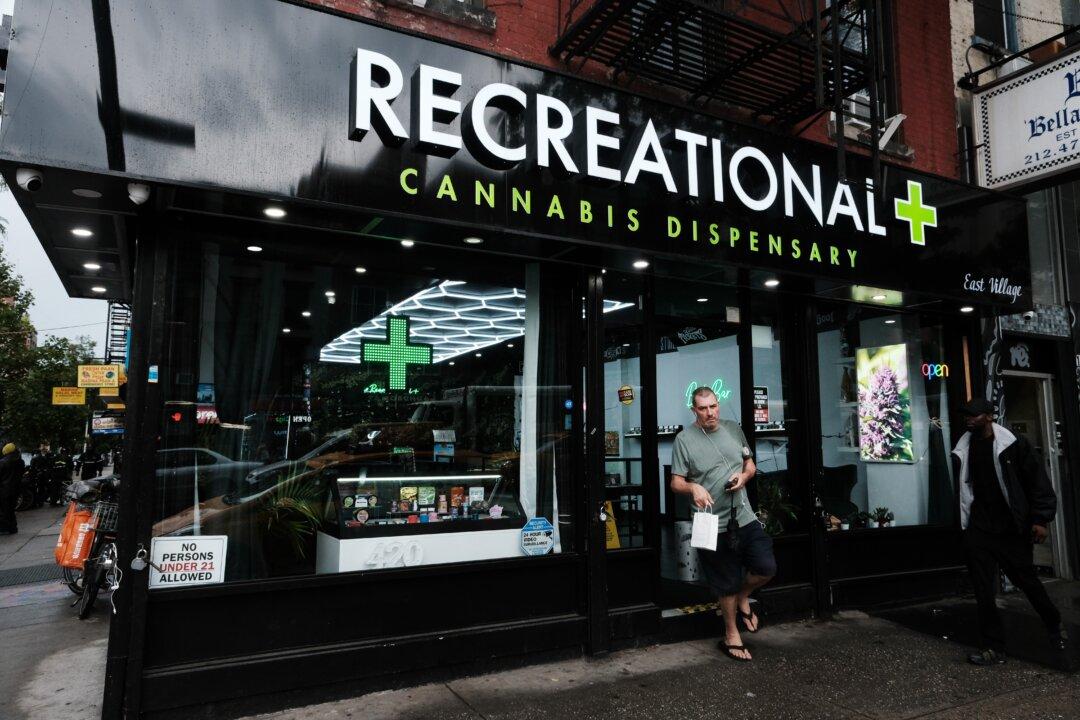More than a dozen bars in Texas will soon be stocked with naloxone and bartenders will be trained as “first responders” to administer the medication that can reverse an opioid overdose, Travis County Judge Andy Brown announced on Monday.
“Today, I’m excited to share how we are taking life-saving steps that are more inclusive and meet people where they are,” Brown said during a press conference at the Star Bar in Austin. The event was live-streamed on KVUE News.





